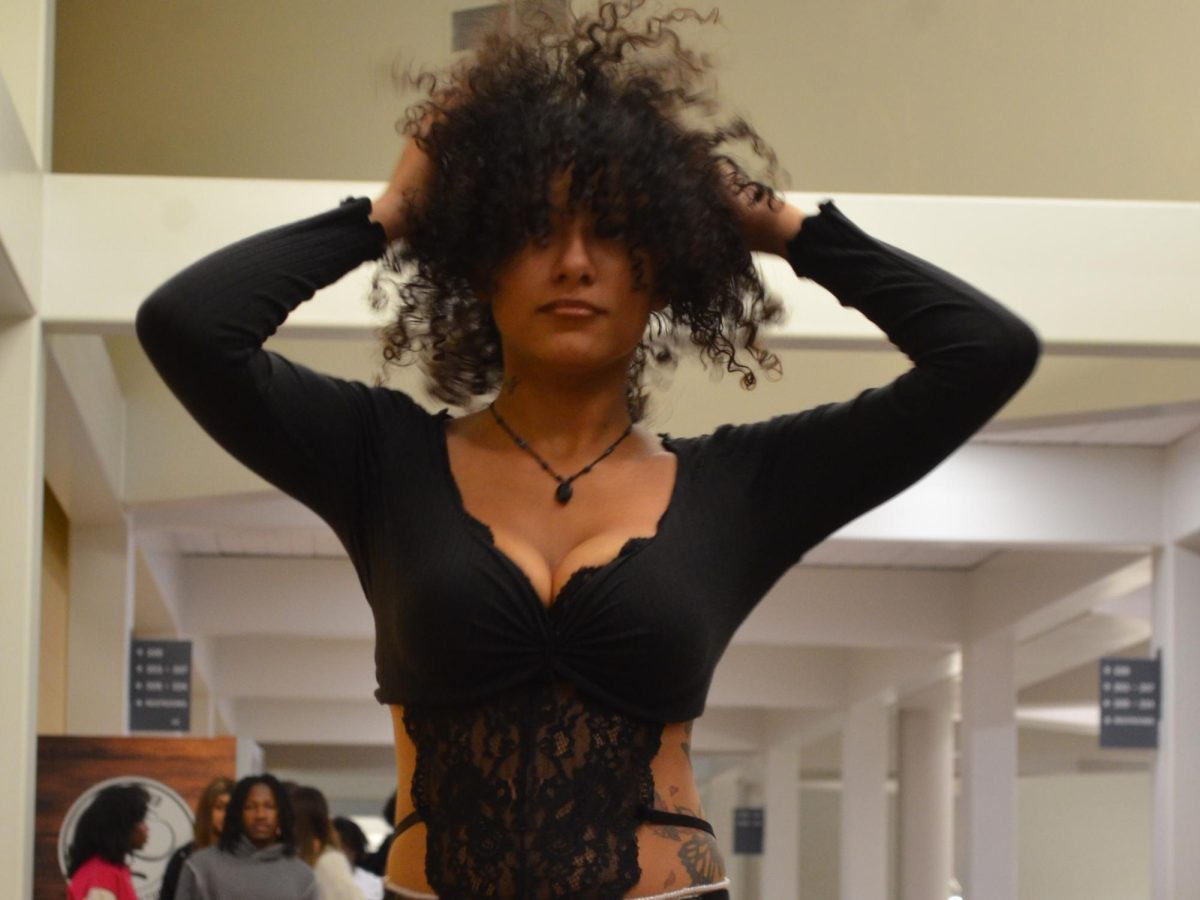It may be hard to imagine, but once upon a time, Toledo was actually a hotbed for culture and entertainment. That hotbed will be featured in a new PBS documentary entitled “The Hines Farm Blues Club,” which premieres locally on PBS Wednesday February 19, and will be shown at the Bowen-Thompson Student Union theater Monday Feb., 17.
The airing of the “Hines Farm Blues Club” is in conjunction with a congressional proclamation declaring 2003 “Year of the Blues.”
The documentary is a result of over 10 years of research from co-producer Matt Donahue, teamed with the work of award-winning WBGU-PBS producer and co-producer of “The
Hines Farm Club” Marlene Harris-Taylor.
Beginning in the 1950’s through the early 1970’s, Hines Farm featured some of the top and up and coming blues musicians including B.B. King, John Lee Hooker, Muddy Waters and Jimmy Reed. The documentary features interviews with some of those musicians while telling the story and history of Hines Farm. “Hines Farm was really the country’s premiere blues, rhythm and blues and jazz club from the 1950’s, 1960’s into the early 1970’s,” Donahue said.
The club was started by an African-American couple, Frank and Sarah Hines, after they moved from the south into a more rural area in Swanton, Ohio, a developing African American area west of Toledo.
After purchasing the farm in Swanton, the Hines’ began to hold house parties that attracted growing multi-racial crowds. This led the couple to build a juke joint that would later lead to the building of the Hines Farm club.
The two-story club featured live music, southern soul food cooking as well as a living quarter upstairs, which were unique for the time. All of this coupled with a booming blues scene in Toledo and Detroit made Hines Farm a popular attraction.
“You had all of your big name performers desiring to and/or playing at this particular establishment,” Donahue said. “Folks like B.B. King, Muddy Waters, John Lee Hooker, all of these great rhythm and blues players, all frequented and desired to play at Hines Farm.”
According to Donahue, the club also supported local blues performers such as Art and Roman Griswald, “Blind” Bobby Smith and Big Jack Reynolds.
“It also helped local players get into the limelight.”
The size of the farm, over 40 acres, allowed other events to be held there, such as some of the first black exhibition baseball games, motorcycles races sponsored by African American motorcycle clubs and horse races.
Adding to Hines Farm, uniqueness was the fact that it was known as a “Black and Tan” club, which meant it was frequented by both black and white people.
“It was unique historically and culturally at the time because it was an area without racial hostility or prejudice,” Donahue said. Numerous factors led to the demise of the club and it was later bought and restored by Henry Griffin.
After years of hearing about Hines Farm and rumors that it had allegedly burned down, Donahue found an old flyer with directions on it and decided to see for himself. He found the club was still there, talked to Griffin, and with his chest full of artifacts and research material, wrote the book “I’ll Take You There: An Oral and Photographic History of the Hines Farm Blues Club,” which spawned the idea for the PBS documentary.
Around the same time WBGU producer Marlene Harris-Taylor had done a public affairs piece on Hines Farm for Black History Month.
“As a Public Affairs Reporter for WBGU-PBS, part of my job is to introduce weekly one minute feature reports called “Focus on Northwest Ohio,” Harris-Taylor said. “So I decided to do a story on Hines Farm for those ‘Focus’ reports. When I got there and learned more about it from current owner Henry Griffin, immediately I thought, ‘This place deserves more than just one minute story.'”
After doing a couple of documentaries on local artists,
Harris-Taylor got word that the station was looking for new local documentaries. She was put in touch with Donahue, through Griffin, and the two produced the “Hines Farm Club” documentary. While most of the documentary is centered around Toledo and Northwest Ohio, both Donahue and Harris-Taylor feel the documentary can appeal to a wider audience.
“Blues music is on a comeback and there are so many different markets that will be interested in this documentary,” Donahue said.
Harris-Taylor agrees but also believes the documentary is about more than just blues music.
“Of course that is the centerpiece (blues music) of the story but we can also talk about how this 40 acre farm in Swanton, Ohio became a cultural center for the African-American community in the late 1950’s,60’s and early 70’s,” Harris-Taylor said. “It attracted people from all walks of life and all nationalities so I believe the story about the club and all the other activities that went on there will also appeal to everyone.”
As far as future aspirations for the project, Taylor-Harris hopes the program will air in other markets across the state as well as nationwide. But Donahue has a greater goal in mind.
“My next future goal, related to Hines Farm, is to create a Hollywood film about the story of Hines Farm because it is such a unique story.”
The showing of “The Hines Farm Club” will be followed by a question and answer session with Donahue and Harris-Taylor along with a performance by “Blind” Bobby Smith.







